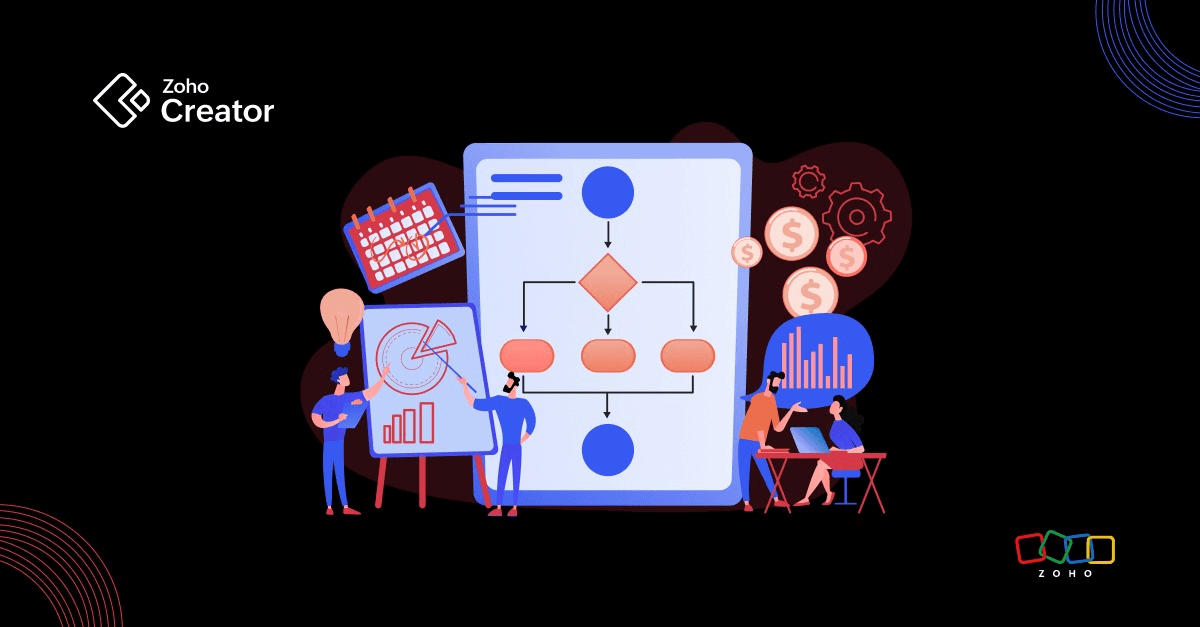- HOME
- Know Your Tech
- How to get approval for your next big DX project
How to get approval for your next big DX project
- Last Updated : April 20, 2023
- 444 Views
- 4 Min Read

Digital transformation is a crucial organizational project, but it’s not a small or simple process. Spending on digital transformation is projected to hit 1.78 trillion USD in 2022 as more organizations recognize the need to reshape their culture, workforce, and technology in order to move forward.
Despite its importance, it can be hard to overcome organizational inertia and convince decision-makers to commit resources for specific technologies and processes. In our State of Low Code Development survey, over 65% of respondents said that their organizations’ biggest IT challenges are communication gaps and a lack of priority given to departmental needs, underlining both the need for transformation and the difficulty of getting it off the ground. A clear project proposal can help you get stakeholders on board by creating a shared understanding of the organization’s current issues, and then offering a top-level picture of how digital transformation better positions the whole organization for growth and improvement.
Assess
First, you need to assess the current state of digital initiatives in your organization. Knowing where you're starting makes it much easier to create a detailed, persuasive, and realistic plan.
As you look at existing projects and initiatives, make sure to note:
Current processes and tools
Any repeating errors or failures of those processes/tools
Digital projects or departments that haven't been updated recently or very often
Any recurring pain points from customers, users, or employees that could be solved with a more efficient tech stack or process
It's not time to figure out specific time or money estimates, but ideally, the assessment stage will make it easy to have a vague idea of scope, whether this will be an organization-wide overhaul that takes a year, a smaller team effort that can be finished by the end of the quarter, or something in between.
Create a top-level plan
After looking at existing efforts, the next step is to create a list of changes you'd like to see. You aren't creating a detailed, step-by-step plan—remember, the goal here is to get buy-in for the initiative, and the plans and estimates created should be geared as such. The stakeholders signing off on the project won't necessarily want or need to see a list of tasks to be done, at least at this stage.
While you don't want to get bogged down in the details, you do want to accurately convey the scope of the project. Depending on the extent of the changes you'd like to make and how ambitious you want to be, it might be a good idea to include varying potential scopes. Think: the same project plan, just in small, medium, large, and super-size. You may be surprised with the willingness to permit a larger scope. On the other side of things, if you can offer a sized-down version of the project, that might get approved where a larger version would simply be shut down.
Your plan should also include:
A cost estimate, that includes estimated employee hours, any contractor work that may be needed, and a summary of other internal and external resources that will be needed.
An ROI estimate, which can be difficult to come up with from scratch. You can create an estimate by looking at external case studies on similar initiatives at companies that are roughly the same size and/or industry, as well as looking at the track record of similar past initiatives at your organization.
Potential pitfalls, and notes on how you plan to overcome them. You don't want to over-emphasize potential issues, but if there are pitfalls that have stopped or delayed similar projects in the past, having a plan for navigating those pitfalls can make your proposal that much more compelling.
Present the plan
You've prepared all your supporting documentation, and now, it's go-time—you're ready to share your project proposal with the decision-makers you need to impress.
When discussing the project with the stakeholders you need approval from, make sure to highlight the potential results and outcomes. The adage "focus on benefits, not features" is often used in copywriting, and applies here too. A list of concrete deliverables (for example, a new ecommerce backend with a much smoother UX) is great, but the benefits (increased customer conversion and retention rates) are what people are really interested in. And don't forget to allow time for questions.
After the presentation, you may get an approval or denial, but you may also be asked for more information or to modify the plan based on specific feedback. Don't get discouraged if there are some bumps along the way, or if you have to change your original plan. Any momentum is good momentum and a small digital transformation project is better than none.
Get the ball rolling
Remember, any project with the capacity to transform an organization requires some planning to get off the ground. Getting stakeholders on board with your digital transformation project doesn’t have to be difficult, but it does take some strategy. Take a good look at your organization’s current conditions, and create a high-level view of your project that allows room to expand or shrink its scope as needed. When you present your plan, keep it focused on the outcomes, and leave room for stakeholders to ask questions and learn. Once you have their approval, it's time to break your proposal down into a full plan (with tasks, roles, deliverables, and milestones), and take your project full speed ahead using standard project management techniques.
 Michelle Nickolaisen
Michelle NickolaisenMichelle is a writer and marketer based in Austin, Texas.



